2 min read
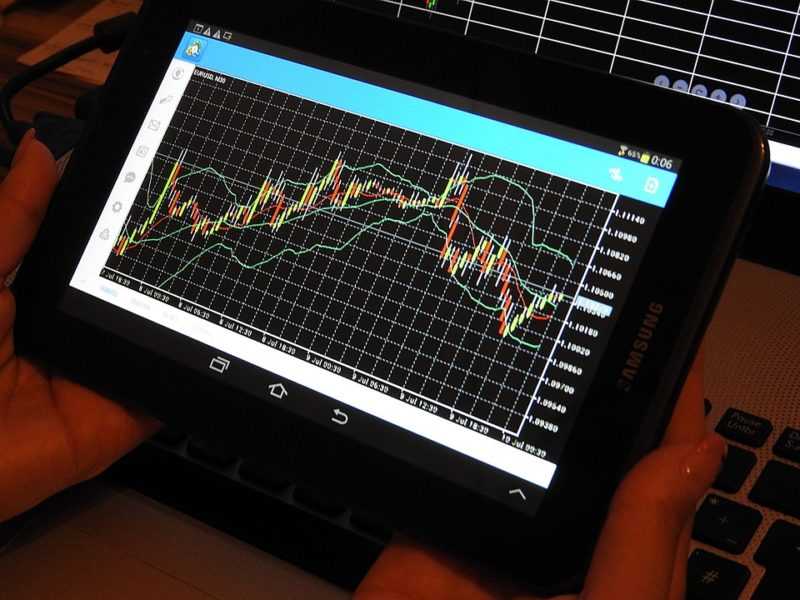
The first trade should be like a selection of a school.
You’ll need to decide on the kind of assets or securities you want to trade. After that, you’ll need to make is choosing the right broker or brokerage firm through which you’ll access the markets.
That’s very important because the broker you choose will have a direct influence on securities you’ll be able to trade. Also, on the tools, you’ll have at your disposal. On how much you’ll pay in fees. Hence, what final returns you can expect on your trades.
You have to find a broker that would charge relatively low fees and provide you with a full package of resources to make your trading experience easier.
And you have to choose the right strategy.
FEW WORDS ABOUT TRADING STRATEGIES
The main difference between trading and investments is that a trader seeks out market movements for profit.
On the other hand, an investor waits to profit from long-term price movements in the assets in their portfolio.
A trader will make tens or hundreds of trades within a week while an investor will buy and hold an asset for months or years.
The first step in creating your trading strategy is to have a trading plan.
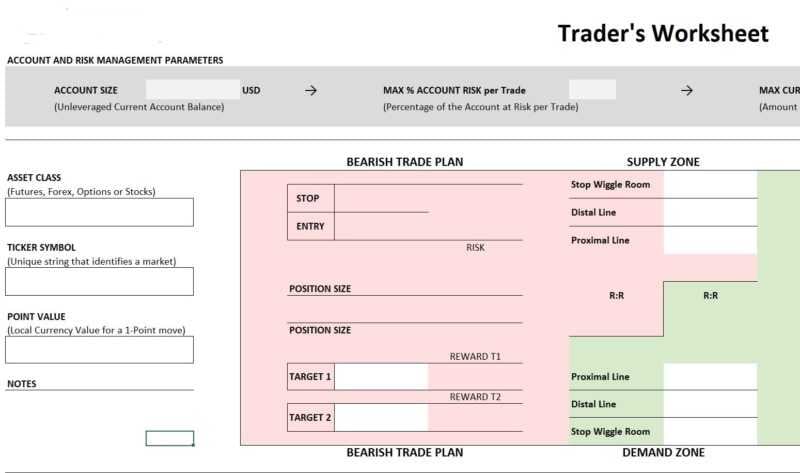
The trading plan is like writing a business plan for some entrepreneur. A trading plan will help you to make a realistic decision in periods of rapid market movement when your emotions might lead you to make impulsive decisions.
The trading strategy should include specific goals such as: getting out of debt, retiring early, making your first million.
Also, your trading strategy should include your asset allocation and diversification moves.
As a beginner, you should not have more than 5% of your trading capital on any single trade. Make sure your trading strategy contains a mix of fundamental analysis of global events, like wars that impact oil prices.
But also technical analysis like trading rules based on price and volume transformations.
It is important because you can use this information to determine your entry into trades, your exit when the trade goes your way, and your escape when the trade goes against your plans.
For you, your best interest is to develop the disciple to incorporate stop/limit loss orders into every trade you place.
New traders can use technology to lower the entry barriers to trading by automating many of the activities.
THERE ARE SOME OF THEM:
* Trading bots – This is simply computer programs with instructions based on a predetermined set of market indicators and parameters.
You can use automated trading systems to trade stocks, options, futures, and foreign exchange products.
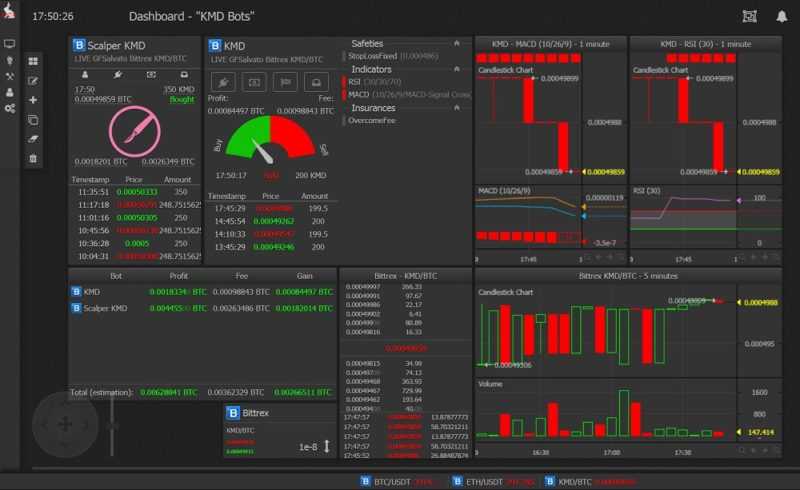
It is based on a predefined set of rules, which determine when to enter an order, when to exit a position and how much money to invest in each trading product.
Trading bots are especially helpful to beginner traders and sometimes, a bot can be an important market ally for reducing your losses.
* Stock screeners – That can help you filter the stocks in the market to narrow down potential winners before their big breaks.
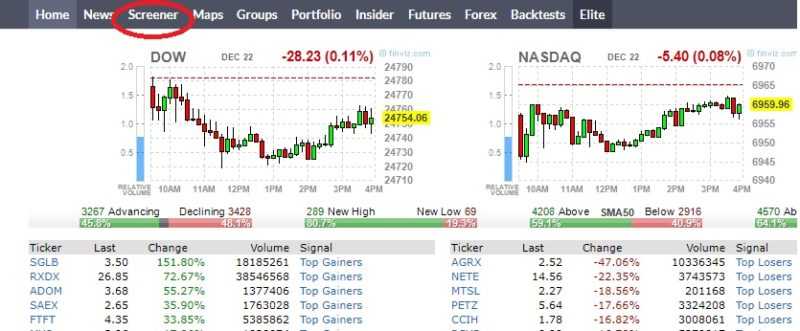
It will help you identify top gainers and losers, stocks on turbo momentum, and stocks that are about to break out above resistance or break down below support lines.
* Social trading – This is simply a type of trading in which traders rely on user-generated financial content, collected from a variety of networks.
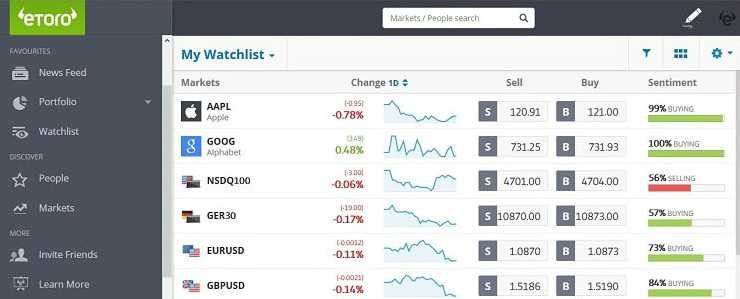
Social trading provides you the platform to be part of a community of successful traders and you can purify the wisdom of the crowd and make you able to make your own trading decisions.
The first trade isn’t like a first love, it is more about how to choose the best school
Always use a trading plan, don’t underestimating the importance of a trading journal, change trading strategy after every trade.
Test your trading skills on FREE DEMO ACCOUNT in a virtual environment before you start risking your own money.
Practice trading strategies so that when you’re ready to enter the real market, you’ve had the practice you need.
Risk Disclosure (read carefully!)



Leave a Reply